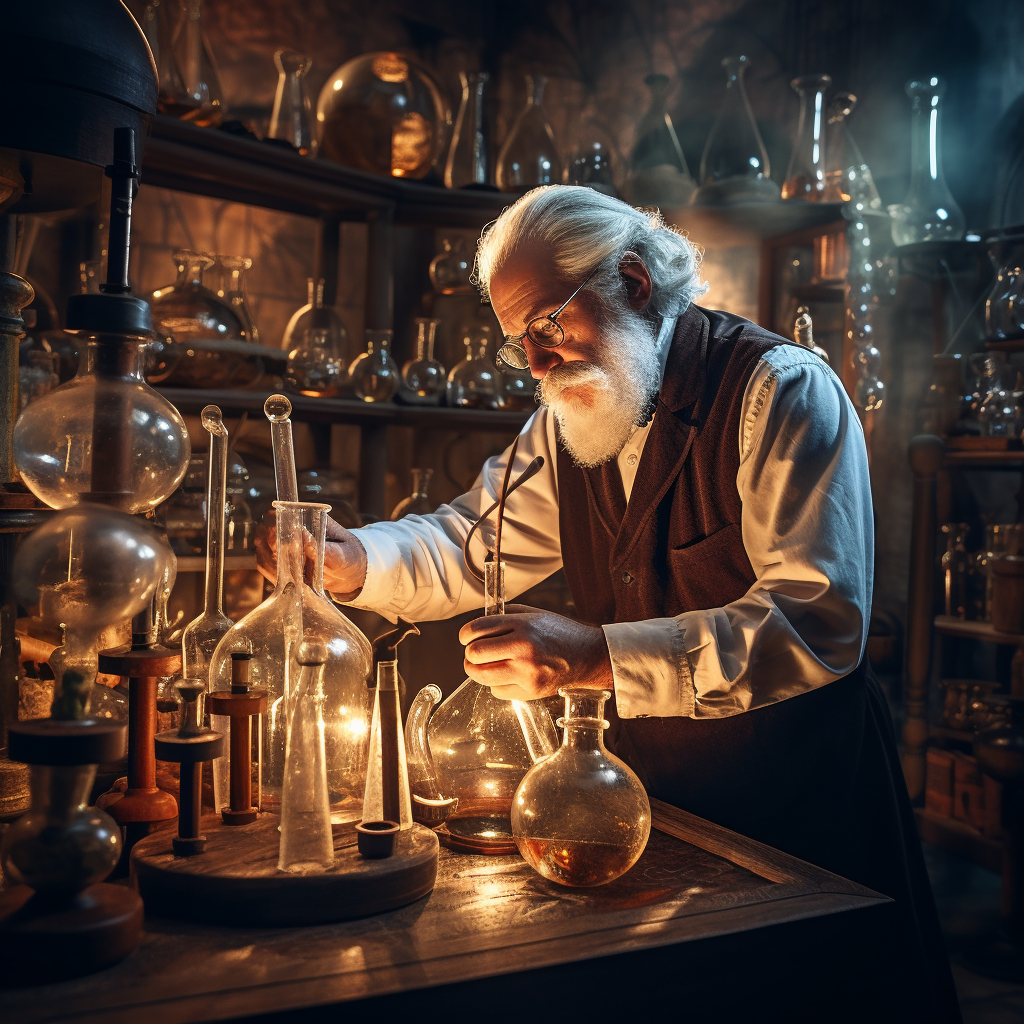What Do You Use Gas Laws For?

Gasses make up one of the four fundamental phases of matter. Gasses are characterized by being a compressible fluid with a relatively wide separation between atoms. These atoms have a kinetic energy level above the boiling point for that material. However, the energy level is below the amount required to where electrons become too energetic to remain with the parent nucleus (as in a plasma). We will look at the various gas laws and how to use them.
Avogadro's Law (V=kn) dictates that the volume occupied by an ideal gas is proportional to the number of moles of that molecule in the container. This equation assumes standard temperature and pressure of 20C and 1atm, respectively. Volume is equal to a constant value multiplied by the number of moles of atoms in the container. From this equation, we get V1/n1 = V2/n2. This lets us determine the volumetric change a system experiences from adding more gas at a constant pressure.
Boyle's Law (PV=K ) demonstrates that at a constant temperature, the product of a gas's pressure and volume are constant. This will be shown in the experiment when the pressure changes inversely to the container size when we compress the container. In this equation, Pressure multiplied by Volume equals a constant value (measured in joules). When comparing a gas at two volumes or pressures, you can use the equation P1V1=P2V2. This lets you determine the new pressure a system feels after a piston completes a down-stroke and reduces the available volume.
Charles's Law (V=kT) dictates that for an ideal gas at a constant pressure, the volume will be directly proportional to the absolute temperature. In the experiment, we will see that cooling or heating the gas will change the volume that it takes up, thereby lowering the pressure. In this equation, volume equals a constant value multiplied by the temperature.
Gay-Lussac's Law (P=kT) says that the pressure exerted by a gas is proportional to the temperature of the gas. This is similar to Charles's Law discussed above. In this equation, Pressure equals a constant multiplied by the temperature. From this law, we can derive the equation P1/T1 = P2/T2 for comparing pressure changes in a system due to changing the temperature. Alternatively, this equation can demonstrate how pressure changes can heat or cool a system.
Combined Gas Law (PV=nRT) combines the above laws to show the relationship between the temperature, pressure, and volume of an ideal gas. In this equation, pressure multiplied by volume equals the number of moles in the container multiplied by the product of the gas constant (.08206 (atmL)/(molK)) and temperature.
Dalton's Law of Partial Pressures demonstrates that the total pressure felt in a gas system is the sum of the pressures of the gasses present proportional to the number of moles of each substance. This lets us calculate useful characteristics such as nitrogen's contribution to our atmospheric pressure.
Photo credit: Heartlover1717 / Foter / Creative Commons Attribution-NonCommercial-NoDerivs 2.0 Generic (CC BY-NC-ND 2.0)





Member discussion